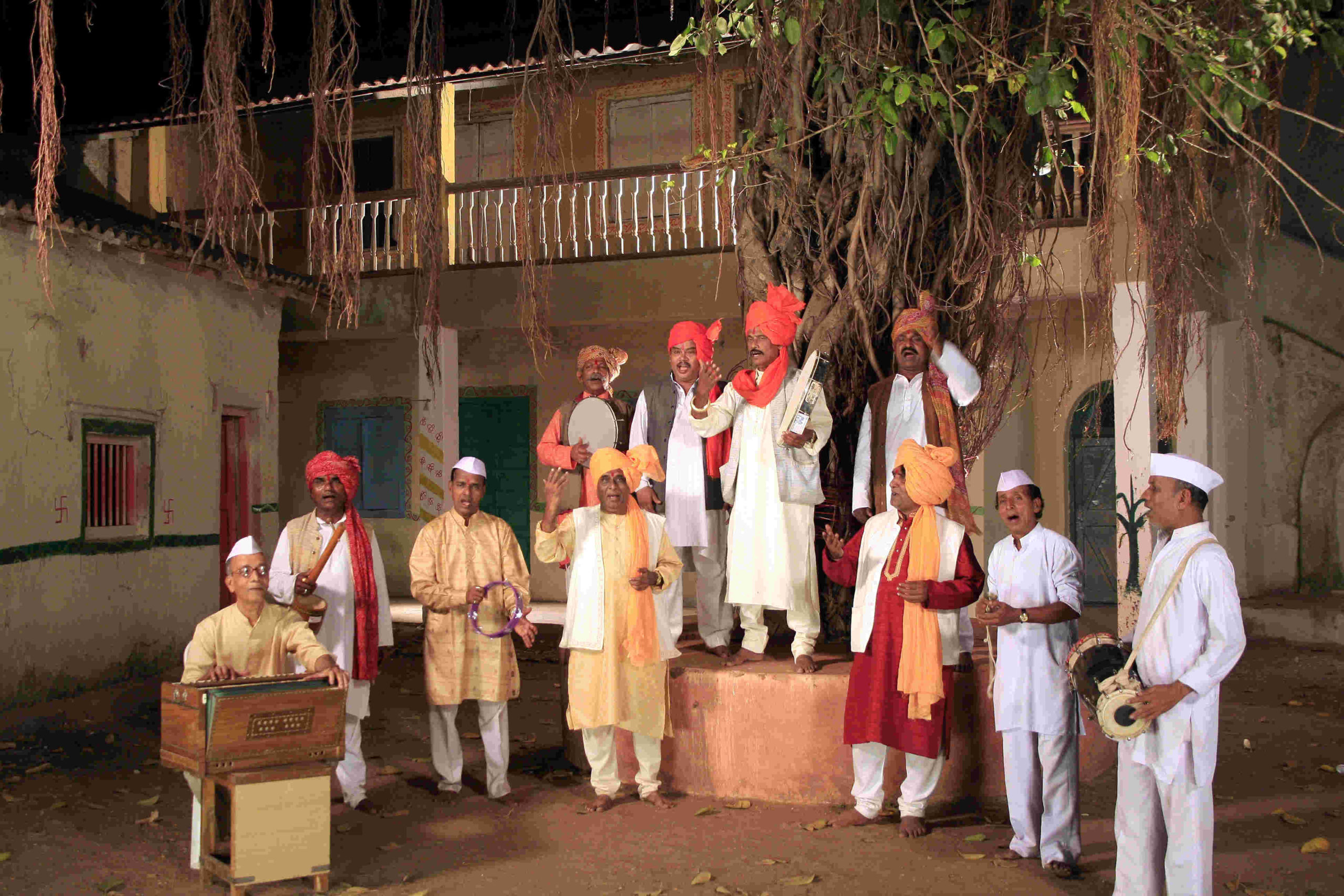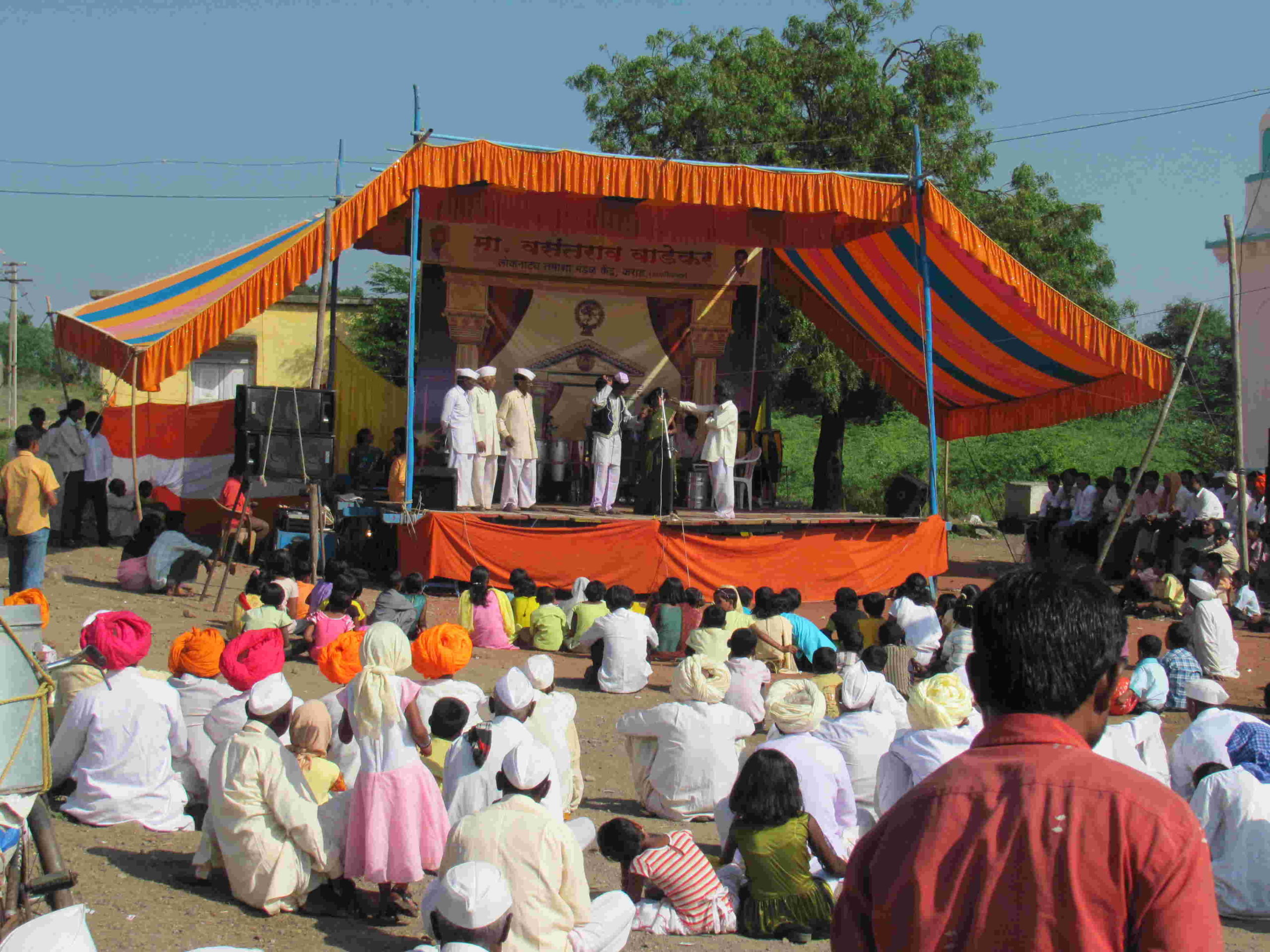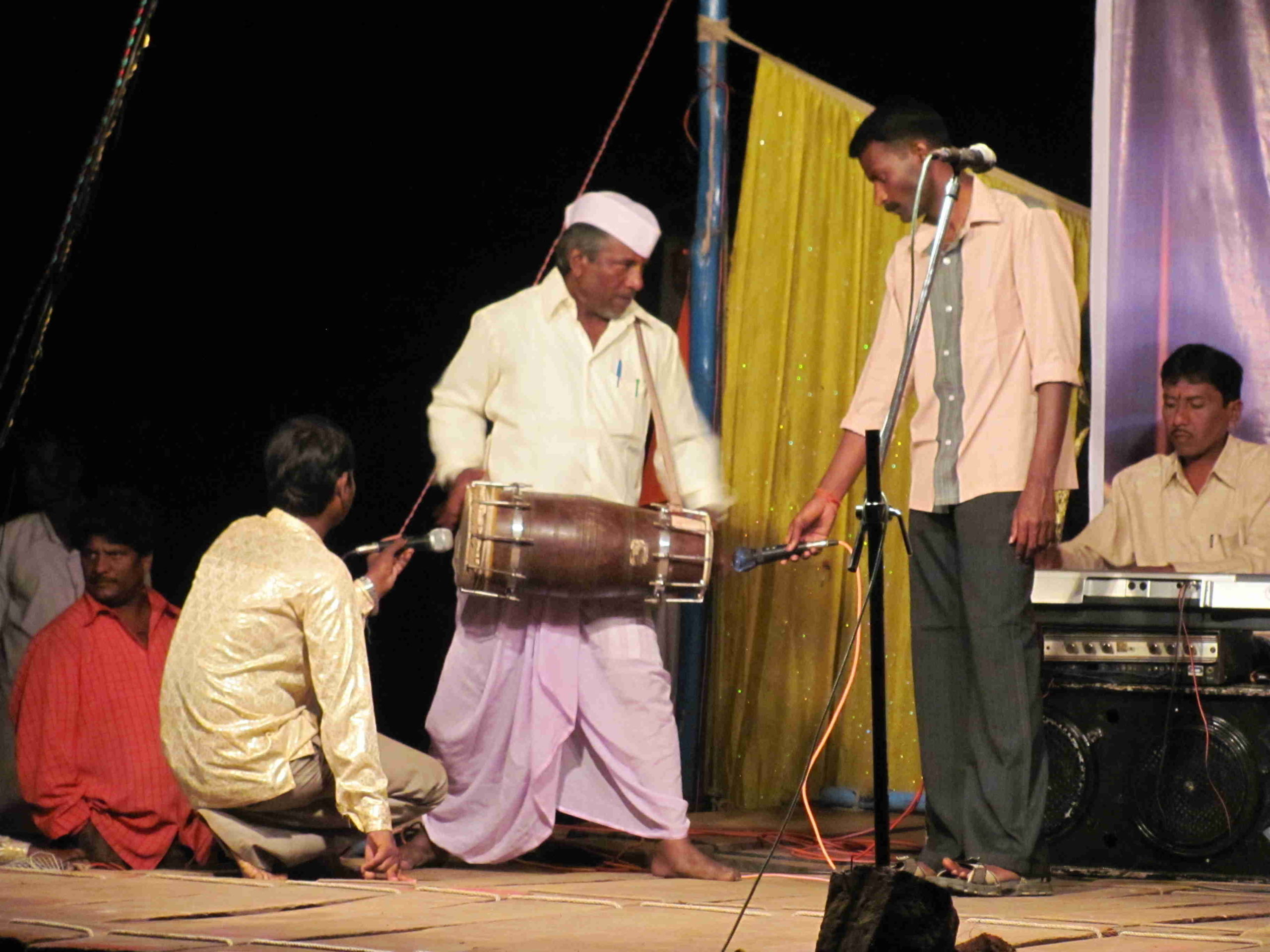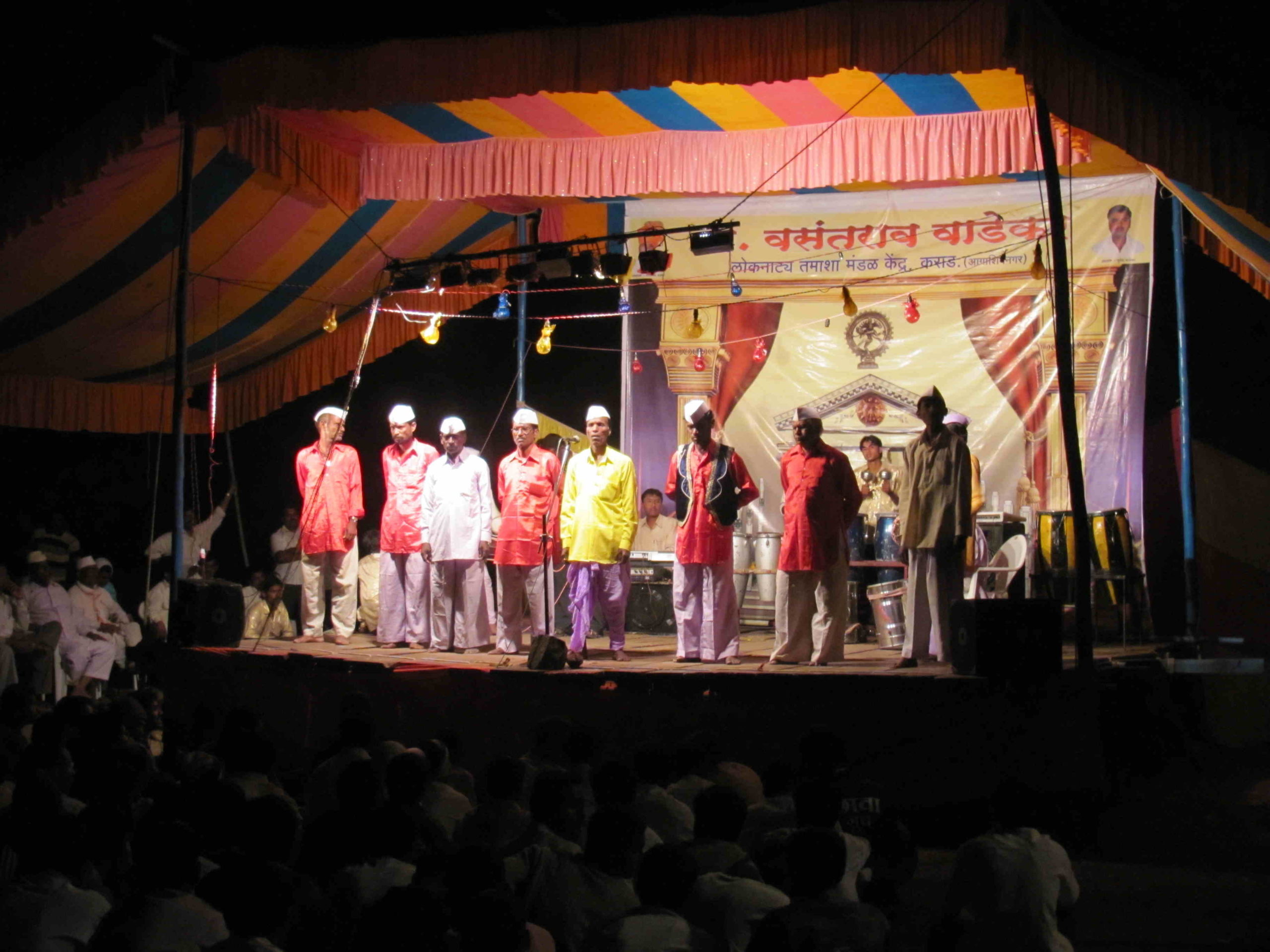Maharashtra’s Tamasha artistes who play kings and queens on stage turn beggars after the second wave of COVID-19
Far away from the glitz and glamour of Mumbai's film world, thousands of Tamasha artistes who provide entertainment to the rural people, suffer a stifling loss of livelihood due to pandemic restrictions. They seek government help to tide over this tough phase.

For the second year in a row, these artistes and troupes are staring at financial ruin. Photo: PUKAR/flickr
Sangli, Maharashtra
Till last year, come April, and villages in Maharashtra would get ready for a month of cultural extravaganza. The searing summer heat would be offset by various yatras (pilgrimages) and jatras (fairs) from mid-April to end-May — the celebrations would begin from Gudi Padwa and culminate by Buddha Purnima on May 26. During this period, artistes in the state showcased their talent through the folk art form of Tamasha, which involves a lot of singing and dancing and draws from many artistic influences.
Hoary past
Tamasha artistes are a revered lot, and occupy a dwindling but unique space in the cultural scene. However, for the second year in a row, these artistes and troupes are staring at financial ruin. They were hoping for a revival this year, but the second wave of COVID-19 put paid to that. There were no social and cultural activities or performances across the state on Gudi Padwa.
The 85 small and big Tamasha troupes in Maharashtra that employ thousands of artistes are plagued by debt and they see no scope of things improving. “Last year too, all the Tamasha shows were cancelled at the last moment, harming the livelihood of many Tamasha troupe operators. They were forced to take loans from moneylenders. This year too, right before the season, performances have been stopped due to the growing cases in Maharashtra,” 51-year-old Sambhaji Raje Jadhav, executive chairperson of the Akhil Bhartiya Lok Kalakar Marathi Tamasha Parishad, told Gaon Connection.
“The condition of Tamasha artistes has worsened. Many artistes are working for wages in villages and selling vegetables. Given the government’s restrictions, it is no longer easy for the common man to earn at all. Meanwhile, the interest on our loans mounts,” Jadhav added.
In its days of glory, night-long Tamasha performances were the norm in villages across the state. It is among the traditional art forms that lost popularity with newer forms of entertainment. Despite that, some troupes held on, surviving by a thread.

Inability to return borrowed money
When the first COVID-19 wave hit Maharashtra last year, many Tamasha troupes borrowed money from moneylenders to pay their artistes in a desperate bid to keep them going, but the so-far relentless second wave has left them battling uncertainty.
Jadhav wanted the state government to announce a relief package for Tamasha artistes — many of them have died following a COVID-19 infection and some have taken their lives. Even those who survive by doing odd jobs are finding it difficult to live off daily wages. “If the government can give grants for Marathi cinema and drama, it can also give grants to encourage Tamasha mandals. Tamasha folk artistes suffer from gross neglect. Such relief is their only hope,” Jadhav said.
Damodar Kamble is a 66-year-old veteran Tamasha artiste residing in Miraj town of Maharashtra’s Sangli district. He had a packed schedule in 2019, in Sangli and surrounding areas such as Kawalpur, Savalaj, Bastwade, Savarde, Chinchani, Kawademahakal, Borgaon, Nagaj, Ghatnandre, Irli, Tisangi and Panchgaon.
Speaking to Gaon Connection, the veteran shared his insecurity over sitting idle for more than a year, and his financial woes due to the stoppage of performances. “My fellow artistes constantly advice me to stay safe and keep away from infection. I have to worry about my livelihood and not getting Corona,” he said.

Before the pandemic
Lok Natya Tamasha Mandal is based out of Sangli district in western Maharashtra. It draws up a list of performances, beginning April, in Satara, Kolhapur and Solapur in Maharashtra and the districts of Belagavi, Vijayapura and Bagalkote in the neighbouring state of Karnataka.
Also Read: The shrinking world of Ghurni clay dolls
Before the season begins, representatives of all Tamasha groups gather at Vita in Sangli. A certain amount is earmarked for the groups in consultation with Tamasha mandal operators. This includes the main night’s event during the Jatra as well as wrestling on the next day. This is followed by agreements between the organisers and Tamasha groups for all activities, including a competition among various dancers. A commitment ranging from Rs 25,000 to Rs 60,000 is secured from an organizer. That did not happen in 2020 and 2021, due to the pandemic.

The weakening resolve of artistes
Chhaya Nagajkar, a 35-year-old female Tamasha artiste, pointed out that Gana, Gawalan, Batavani and Vagnatya are inherent to the tradition, and organisers demand only such performances. The artiste performs these in a Nauwari (Marathi-style sari) and with bells that weigh five kilogrammes tied on her feet.
Nagajkar’s worry is different. Lack of practice will reflect on her craft. “We have to constantly practice. Else, the instruments at home will rust, we will lose touch. But, we have only been practising since the pandemic began, never performed. Our patience is wearing off,” she told Gaon Connection.
Tamasha artistes bring life to the character of a king by wearing beautiful clothes on stage, but off-stage, the pandemic has turned them into beggars, said 56-year-old folk art expert Bhaskar Sadakale. “Folk artistes need opportunities to live a dignified life. Tamasha is a wonderful form of Marathi folk drama and deserves to be supported even during the pandemic. But, there is no significant effort to rescue the artistes who keep this alive, or the art,” he rued.
Also Read: Corona and creativity: Art in the time of the pandemic

